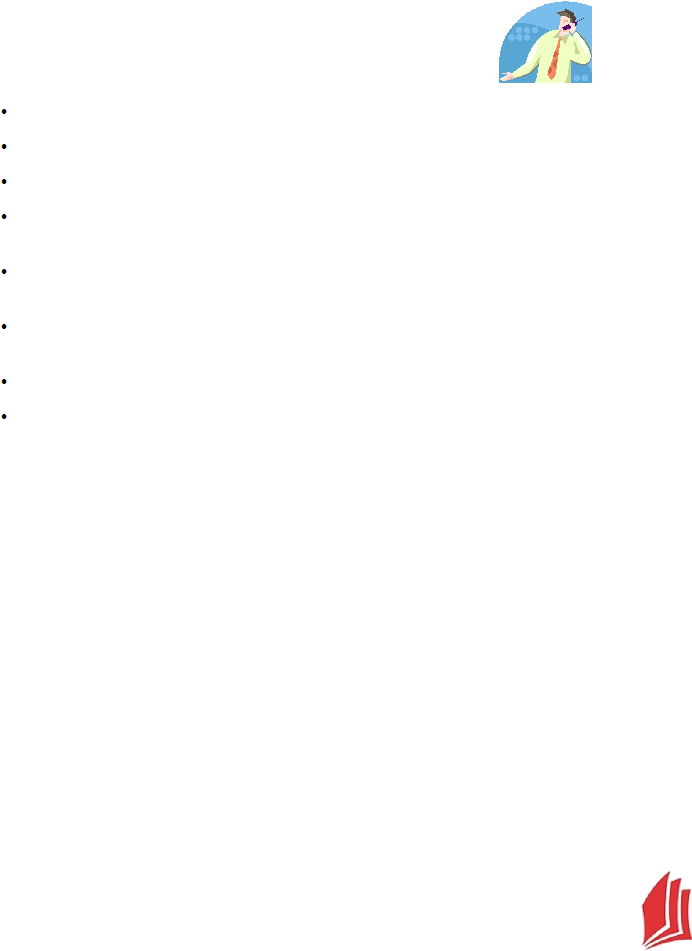
Page 32
Customers expect a courteous, helpful response when they call your business.
Reviewing the basics of telephone etiquette can remind you about what it takes to
provide the kind of response that customers expect.
Telephone etiquette:
Answer promptly, on the third ring at the latest.
Before you pick up the phone, end any conversation you are having.
Greet the caller, identify yourself, and ask if you can help.
Speak clearly in a pleasant tone of voice. Avoid speaking too quickly. (For discussion: what
message do you send if you speak too quickly?)
Give the caller time to explain the reason for the call. Don’t interrupt. Don’t sound like you’re in
a hurry.
When you need to put someone on hold, ask first: “Can I put you on hold for just a minute?”
After you return to the line, thank the customer for holding.
If you need to transfer a call, explain what you’re doing.
When you end a call, let the customer hang up first. This will ensure that you don’t cut the
customer off prematurely.
Telephone etiquette is a major issue in any company that conducts a lot of its business and its customer
service over the phone. The main factors in telephone etiquette are, as the words suggest, manners and
efficiency. Because most of our conversations are carried out in person, a lot of people feel quite ill-at-
ease when speaking on the phone. Things that they would normally be able to rely on for reassurance,
like eye contact and body language, are not easily translated to a phone conversation. It means that
dealing with urgent business on the phone can be something of a minefield.